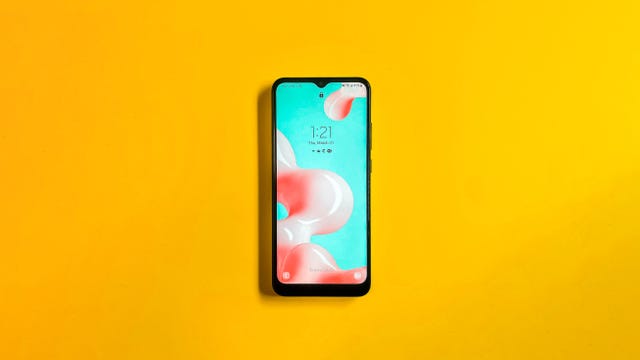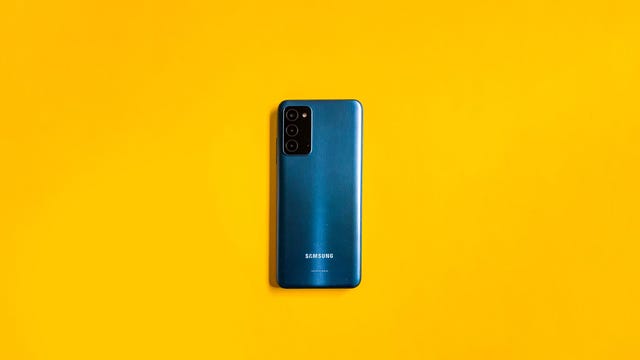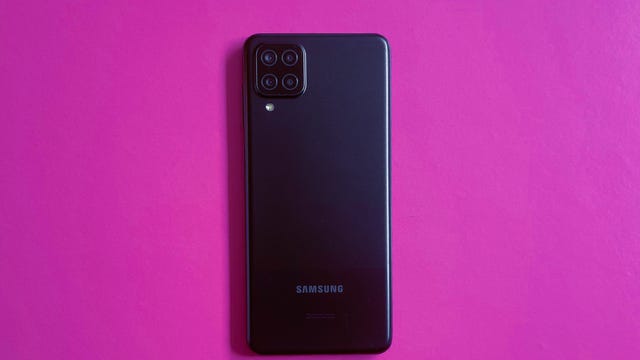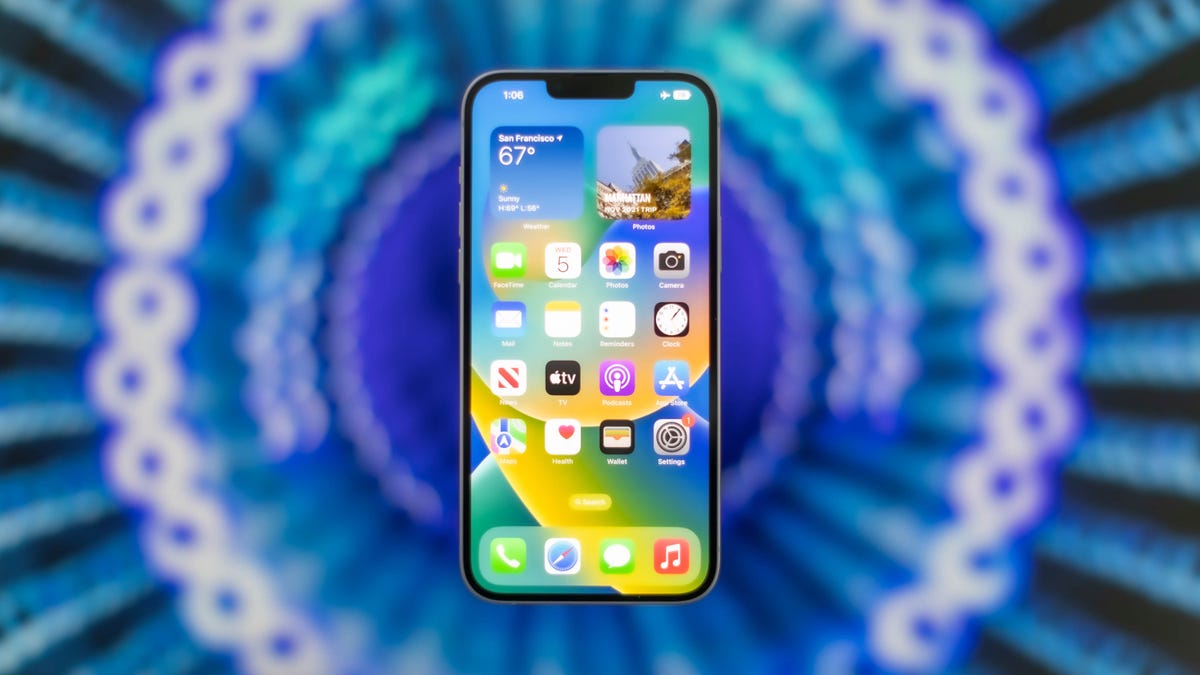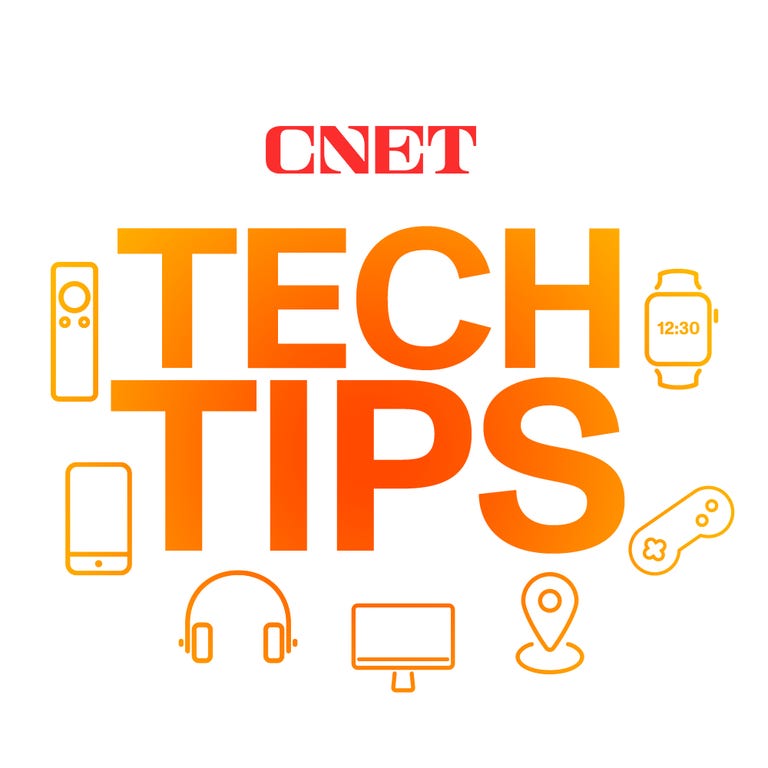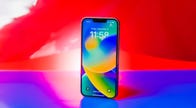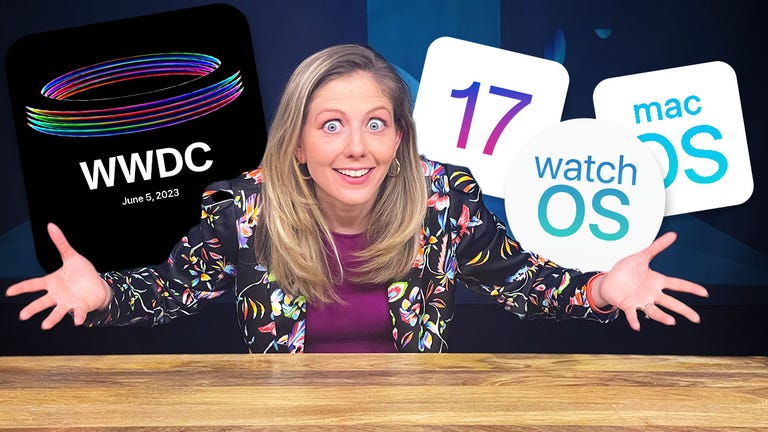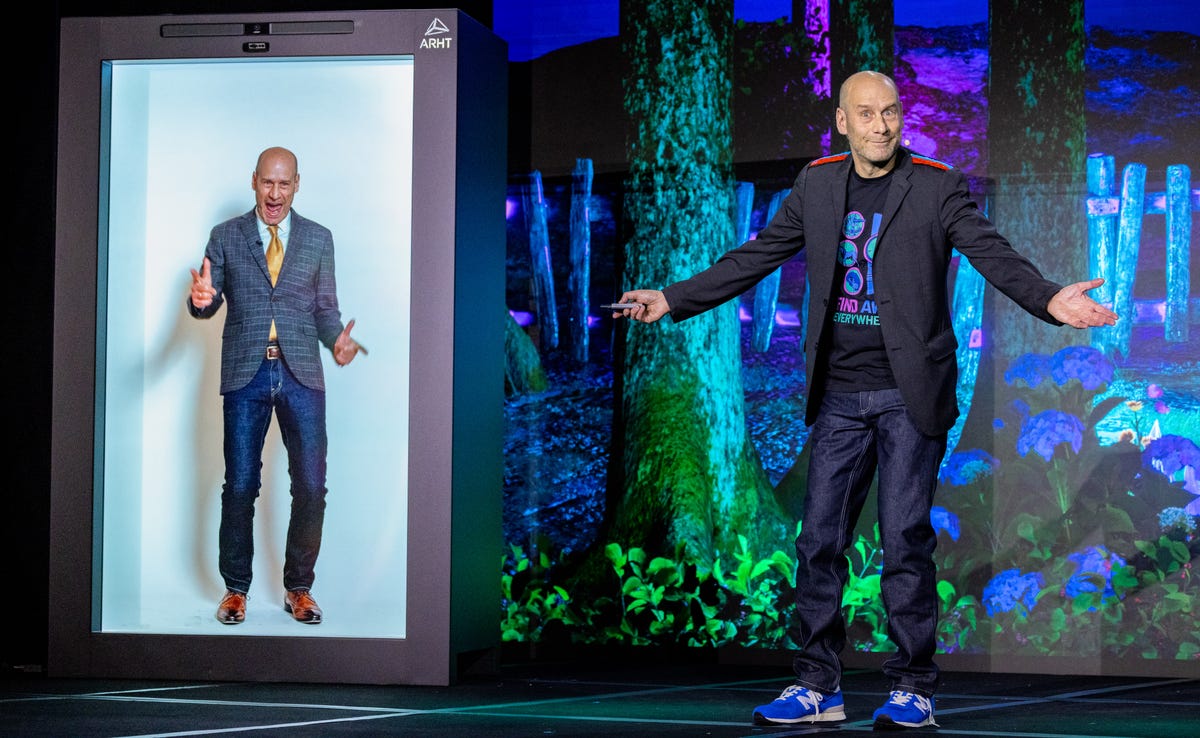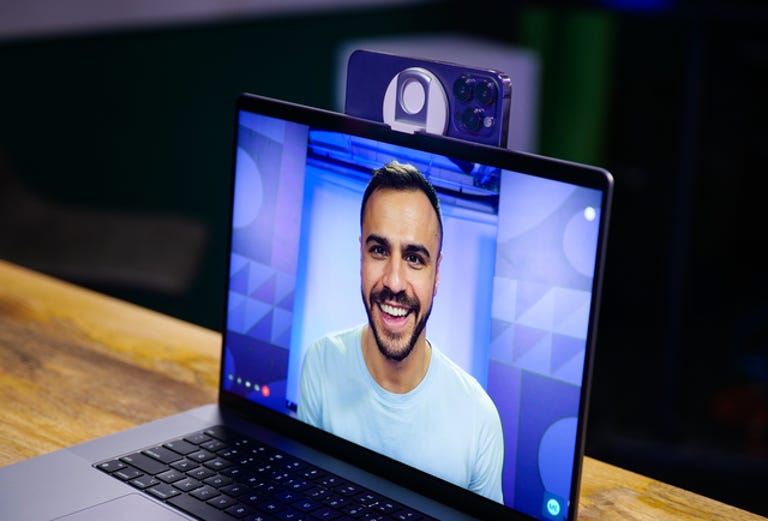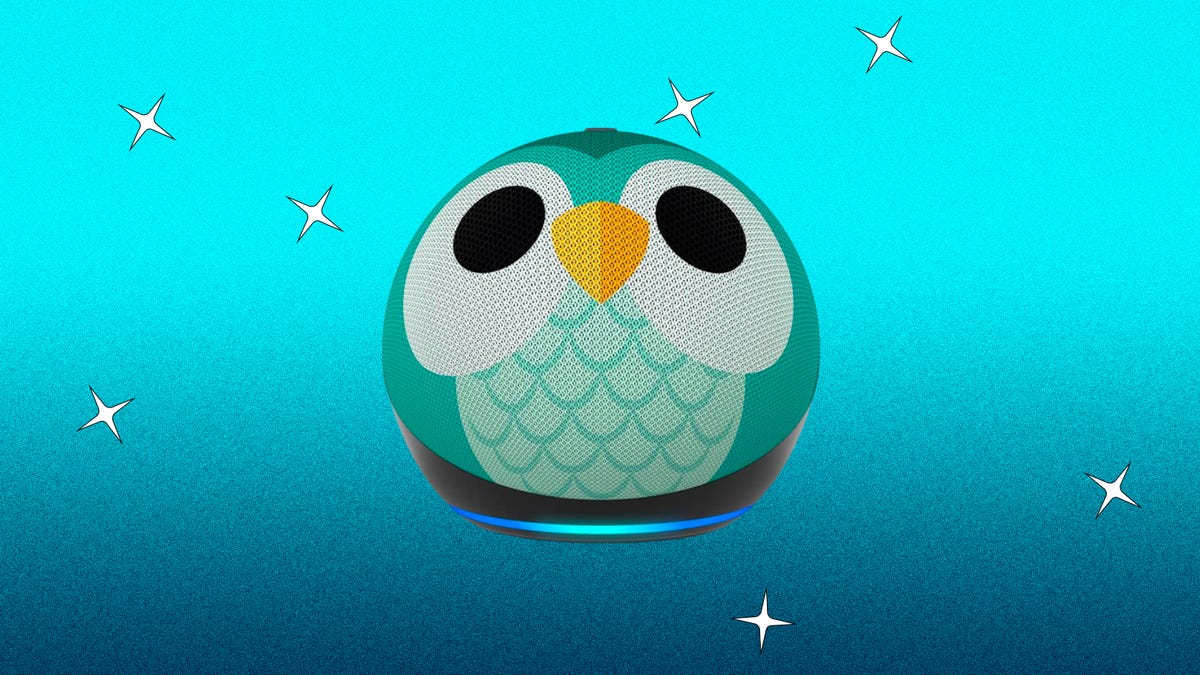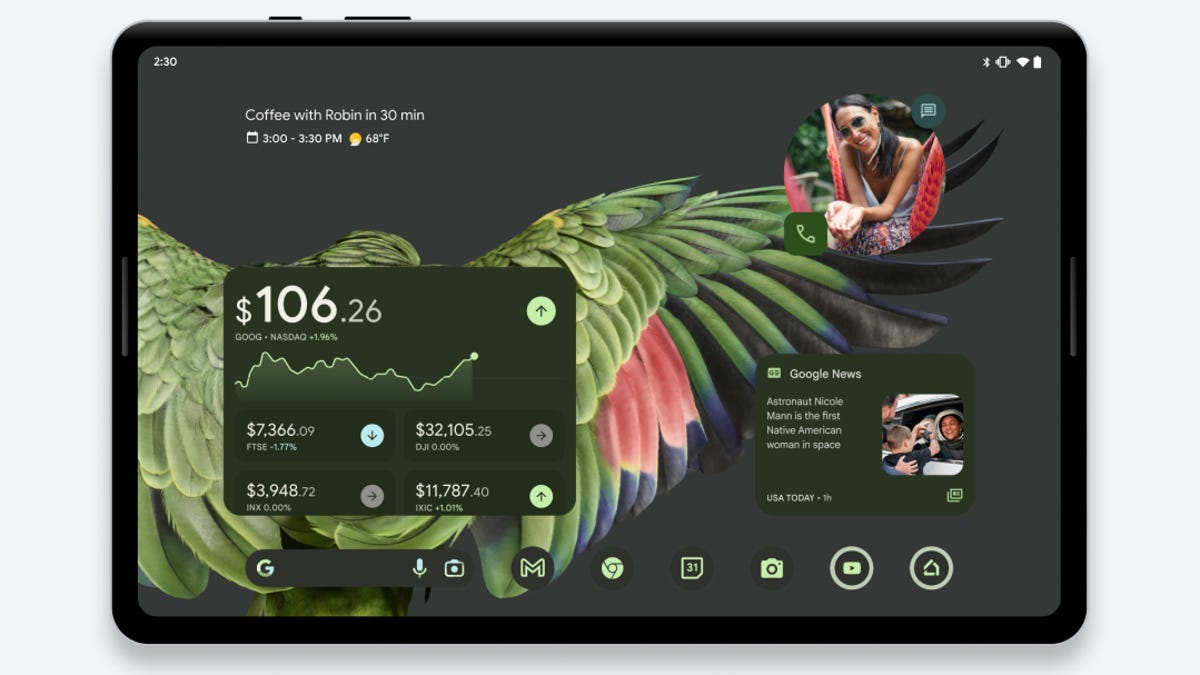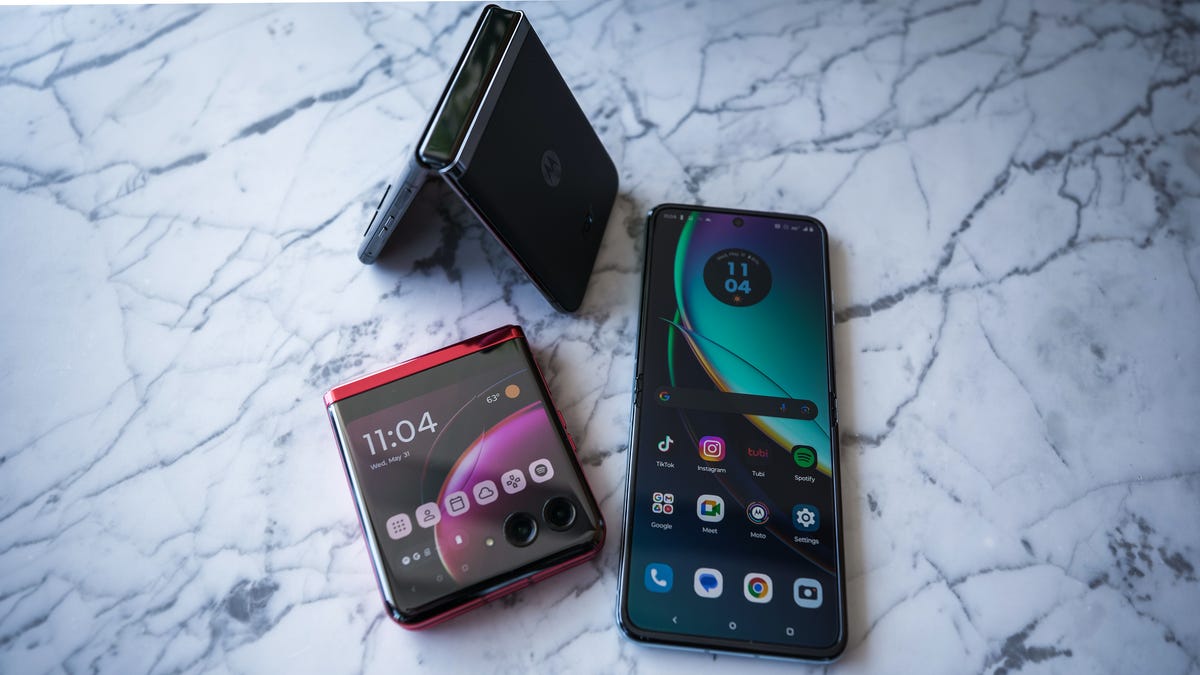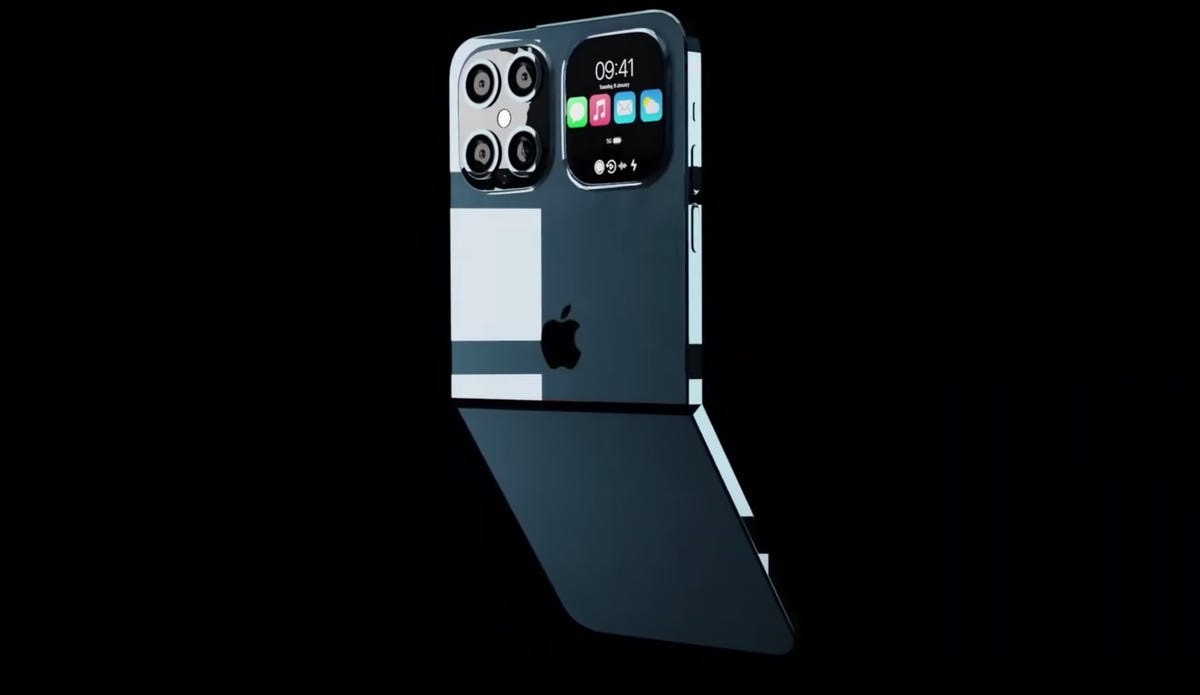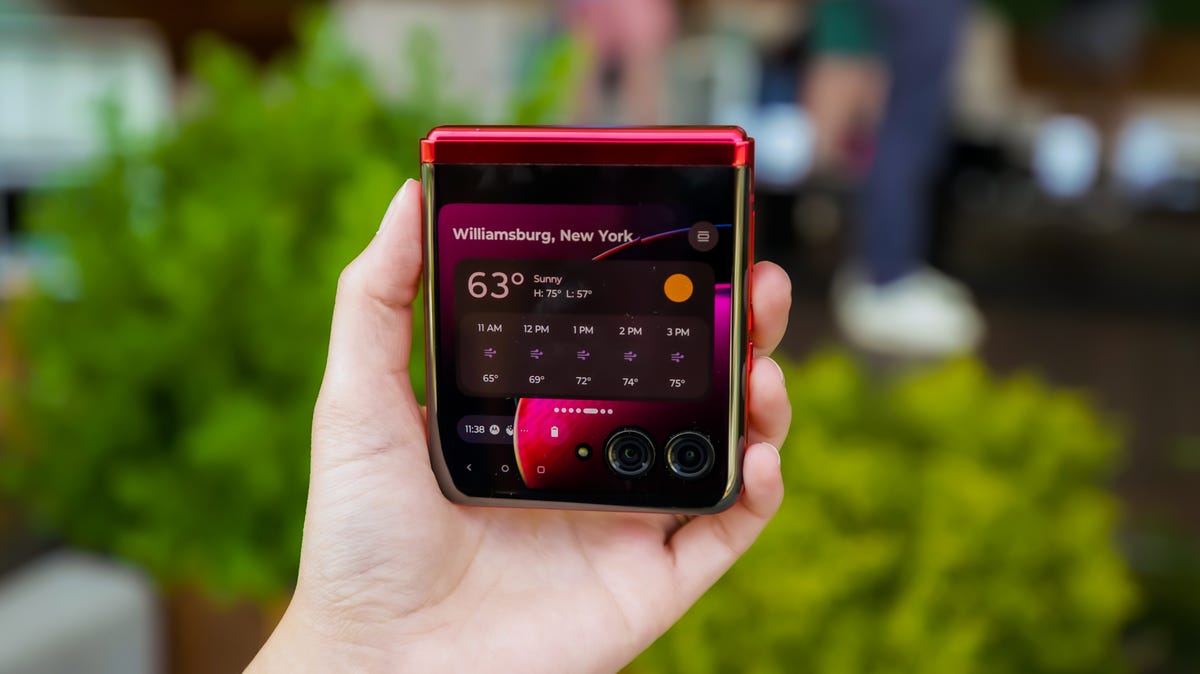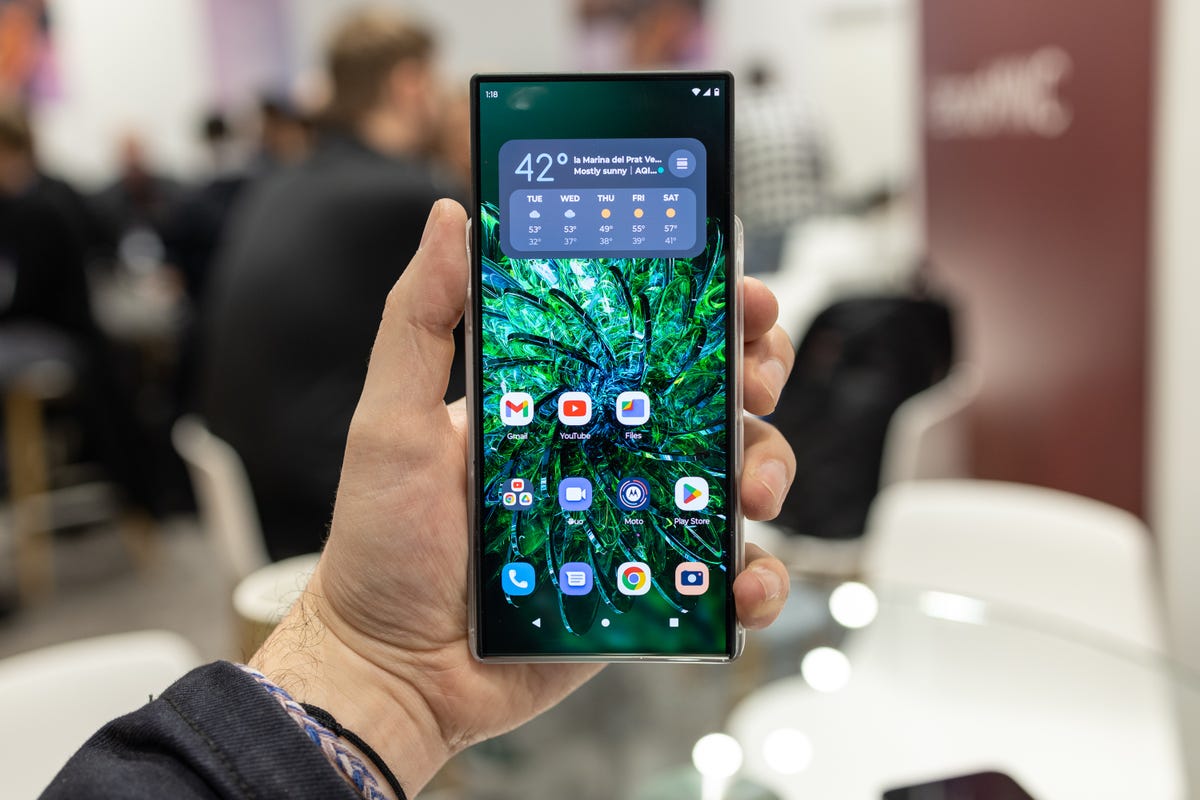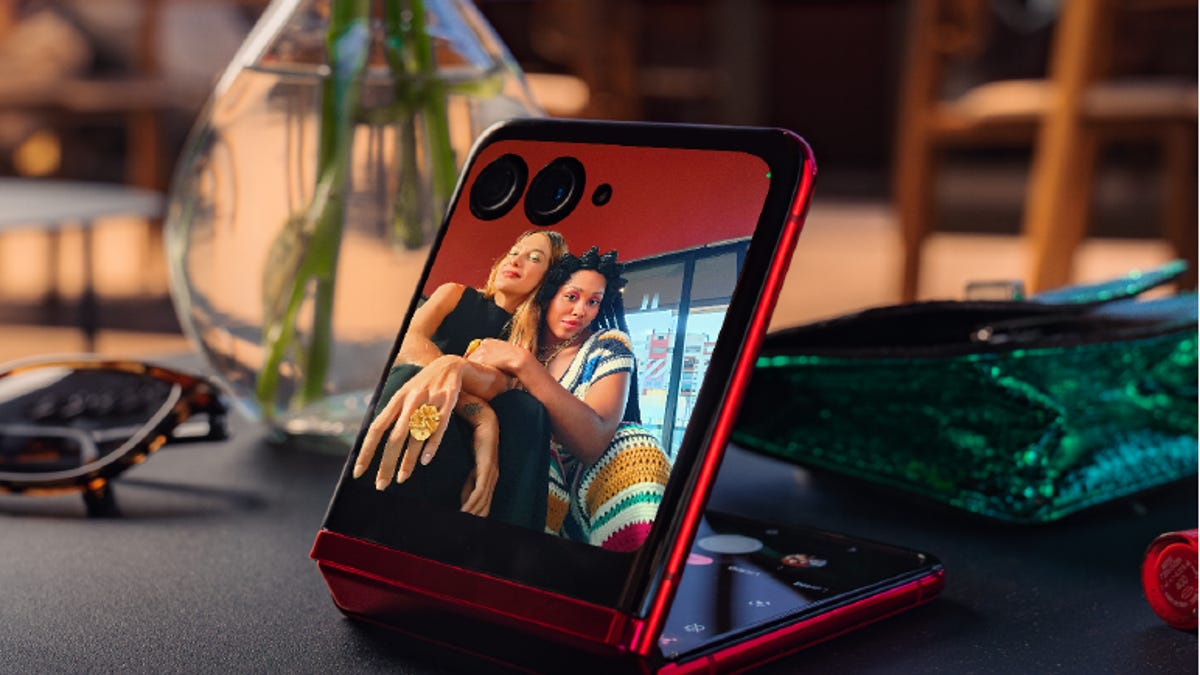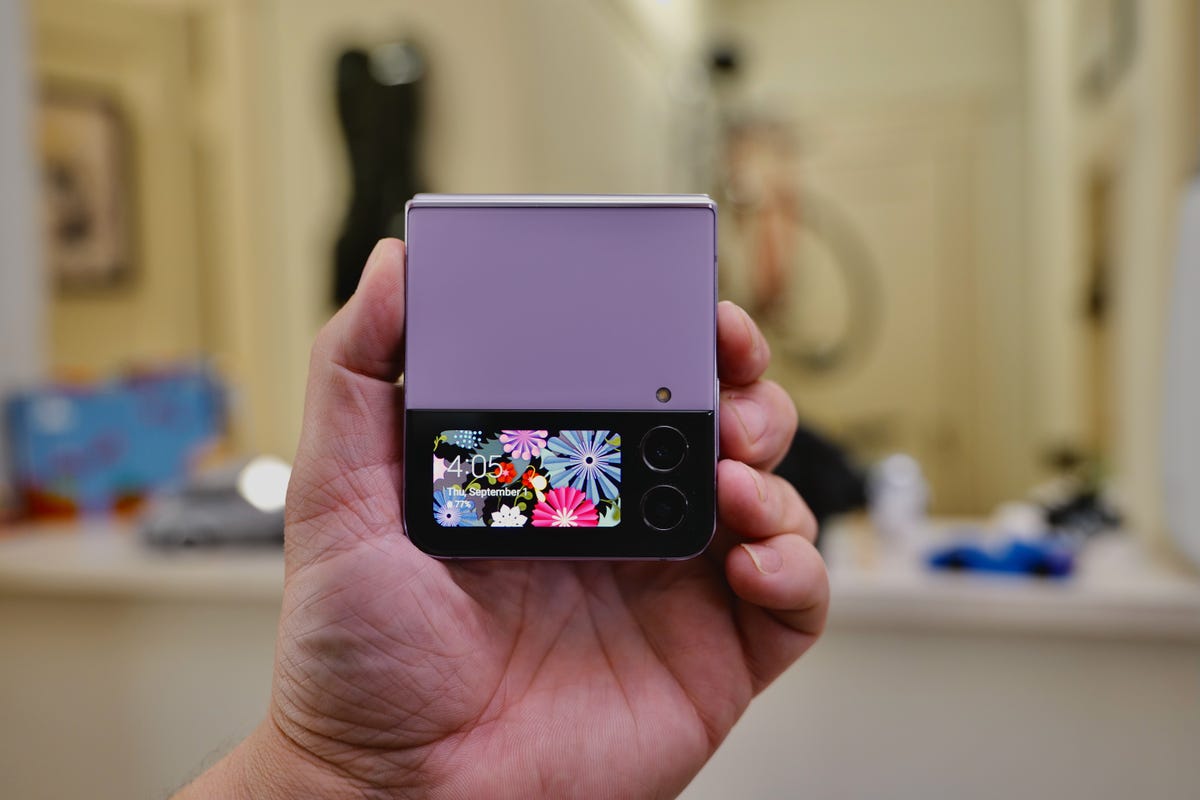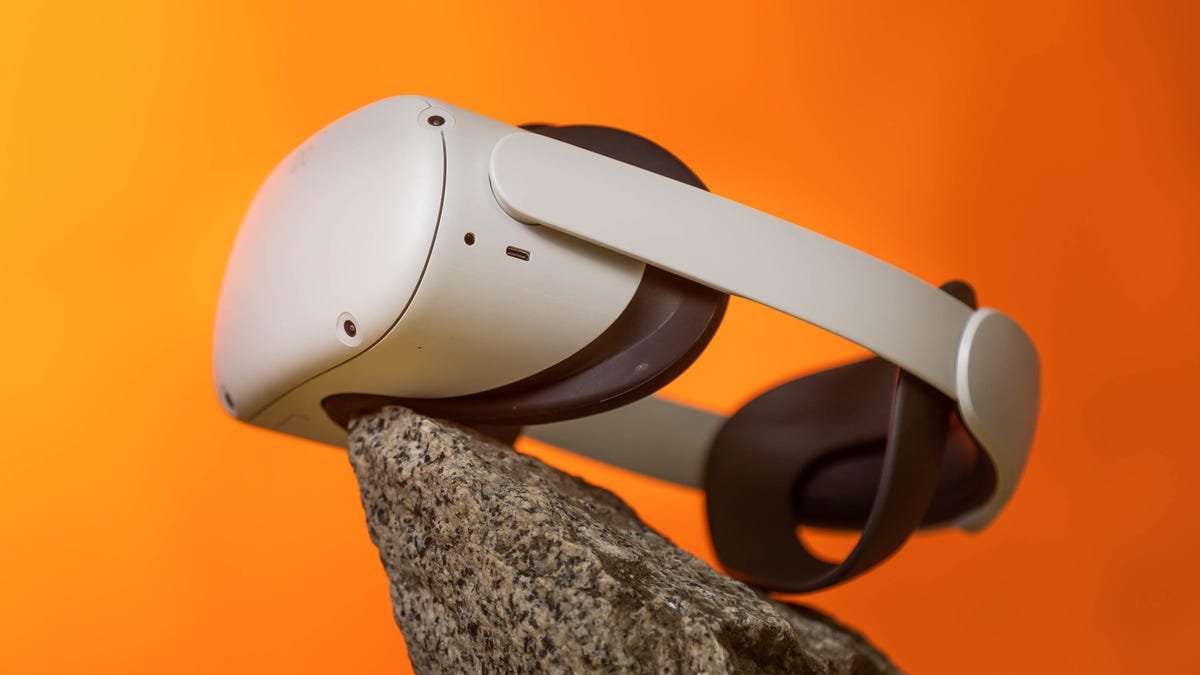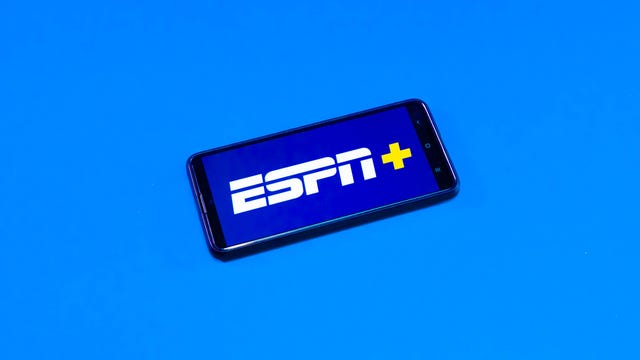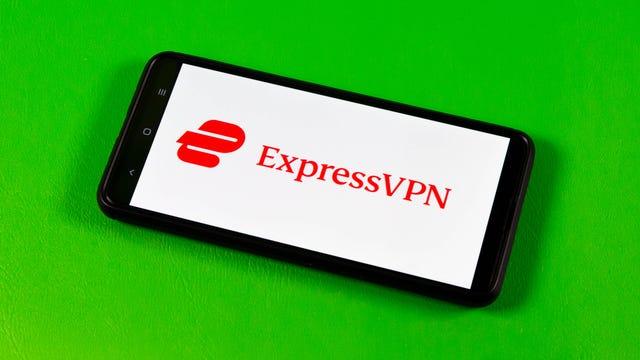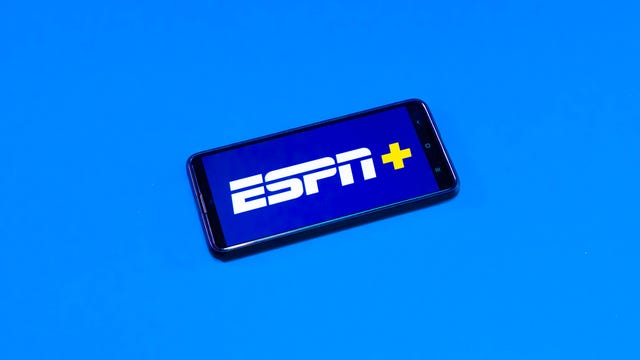Smartphones can be expensive. But even if you’re on a budget, you can still find some great options. These are some of the best phones under $200 and they offer a mix of modern features alongside legacy ports you can’t find on today’s more expensive phones. For example, you can get a phone with a 6.5-inch screen and multiple cameras, plus a headphone jack and expandable storage with a microSD card slot.
However, there are trade-offs to keep in mind. Phones under $200 will likely run slower than their pricier counterparts, lack NFC for contactless payments and may receive only one software update. Most of them won’t support speedier 5G connections, either. But you can have peace of mind knowing that they can support most apps from the Google Play Store and will receive a few years of security updates.
What’s the best phone under $200?
Phones that cost $200 before any discounts are also phones that come with minimal features and many compromises. Of the devices we’ve tested and reviewed, the Samsung Galaxy A12 is our favorite. It nails the essentials, like having a 5,000-mAh battery, four average cameras, and years of software and security updates. There’s the newer Galaxy A13 and the just-released Galaxy A14 (which we need to test), but the A12 still hits that sub-$200 price and can often be found selling for less than $100, or even as a freebie.
Advertiser Disclosure
Best phones under $200 of 2023
Samsung’s Galaxy A03S at $160 (roughly 130, AU$240) includes plenty of great features and could be a great fit for someone looking for the cheapest possible phone that can handle most essential tasks. The phone’s 6.5-inch screen, capped at 720p resolution, is great for reading the news, watching videos, and playing games. Despite some performance lag found during our review, the phone is good at multitasking. But the phone’s tiny 32GB of storage space could fill up fast, so if considering this phone, it may be worthwhile to consider expanding the storage with a microSD card.
Samsung also plans to support this phone with at least four years of security updates, which at this price range is as good as it gets. On the software side, it’s less clear how many Android versions are scheduled, but the phone ships with Android 11 to start.
Even though Samsung’s Galaxy A13 has succeeded the Galaxy A12, you can still find the $180 Samsung phone at some US carriers, although it is otherwise discontinued on Samsung’s website. For instance, the Galaxy A12 is available at Straight Talk wireless at a lower $130 price. According to Counterpoint Research, the A12 was the best-selling Android phone of 2021, even outselling Apple’s iPhone SE (2020).
In our Galaxy A12 review, we found the phone took nicer photos than the cheaper Galaxy A03S thanks to its four-camera array with a 16-megapixel main camera, but it was still hindered by the same 32GB of onboard storage seen across all of Samsung’s sub-$200 phones.
While we haven’t tested the Galaxy A13, it’s possible that the $190 4G-only version of that phone is worth considering for its 50-megapixel main camera. But if you do plan to buy the Galaxy A12, know that the phone’s 3GB of memory handled multitasking well during our review, but experienced some lag when shifting between horizontal and vertical screen orientations.
The $130 Samsung Galaxy A02S was released in late 2020, and is still listed on Samsung’s website along with some wireless carriers. The phone originally shipped with Android 10, but has since received an update to Android 12 with Samsung’s One UI 4.1. Even though the Galaxy A02S is the lowest-priced phone in Samsung’s Galaxy line, the continued software and security updates should provide buyers with feature refinements along with protection from vulnerabilities.
During our review, we found multitasking to be the phone’s main shortcoming, along with the tiny 32GB of storage space included. The phone also has no fingerprint sensor, which means a security PIN or pattern will be necessary in order to keep the phone secure.
But the phone does include a microSD card slot for adding additional storage, a headphone jack and a large 6.5-inch 720p screen. If you just need a simple phone primarily for phone calls, texting and taking the occasional photo, then the Galaxy A02S could be a worthwhile choice.
How we test phones
Every phone on this list has been thoroughly tested by CNET’s expert reviews team. We actually use the phone, test the features, play games, and take photos. We assess any marketing promises that a company makes about its phones. And if we find something we don’t like, be it battery life or build quality, we tell you all about it.
We examine every aspect of a phone during testing:
- Display.
- Design and feel.
- Processor performance.
- Battery life.
- Camera quality.
- Features.
We test all of a phone’s cameras (both front and back) in a variety of conditions: from outdoors under sunlight to dimmer indoor locales and nighttime scenes (for any available night modes). We also compare our findings against similarly priced models. We run a series of real-world battery tests to see how long a phone lasts under everyday use.
We take into account additional phone features, like 5G, fingerprint and face readers, styluses, fast charging, foldable displays, and other useful extras. And we, of course, weigh all of our experiences and testing against the price, so you know whether a phone represents good value.
Read more: How we test phones
Phones under $200 FAQs
Are cheaper phones worth it?
Phones that are under $200 just focus on the essentials, which means you’ll have to make some compromises. You’ll be able to make phone calls, text, video chat, browse the web and run most Android apps on these devices. But you shouldn’t expect NFC for mobile payments, 5G connectivity or — unfortunately — much included storage space.
However, these phones otherwise function well and could be what you’re looking for if all you need is a good communication device. They also include features that are becoming increasingly harder to find in more expensive phones, such as an included charger in the box, a headphone jack on the phone, and a microSD card slot for adding more storage.
That said, if you’re finding that your phone needs go beyond basic communication, you may want to consider phones that are under $300 or phones under $500, if you can expand your budget.
